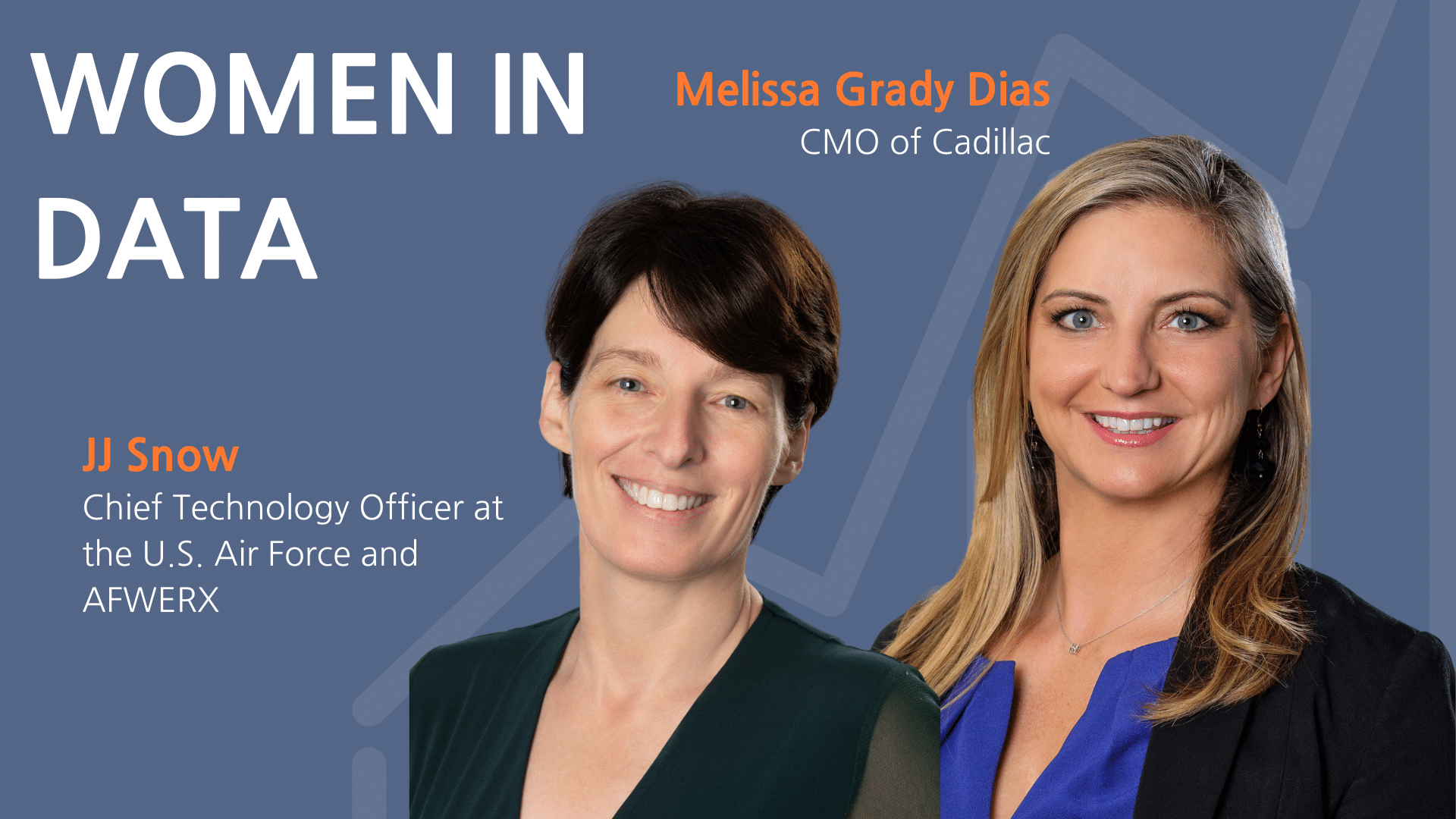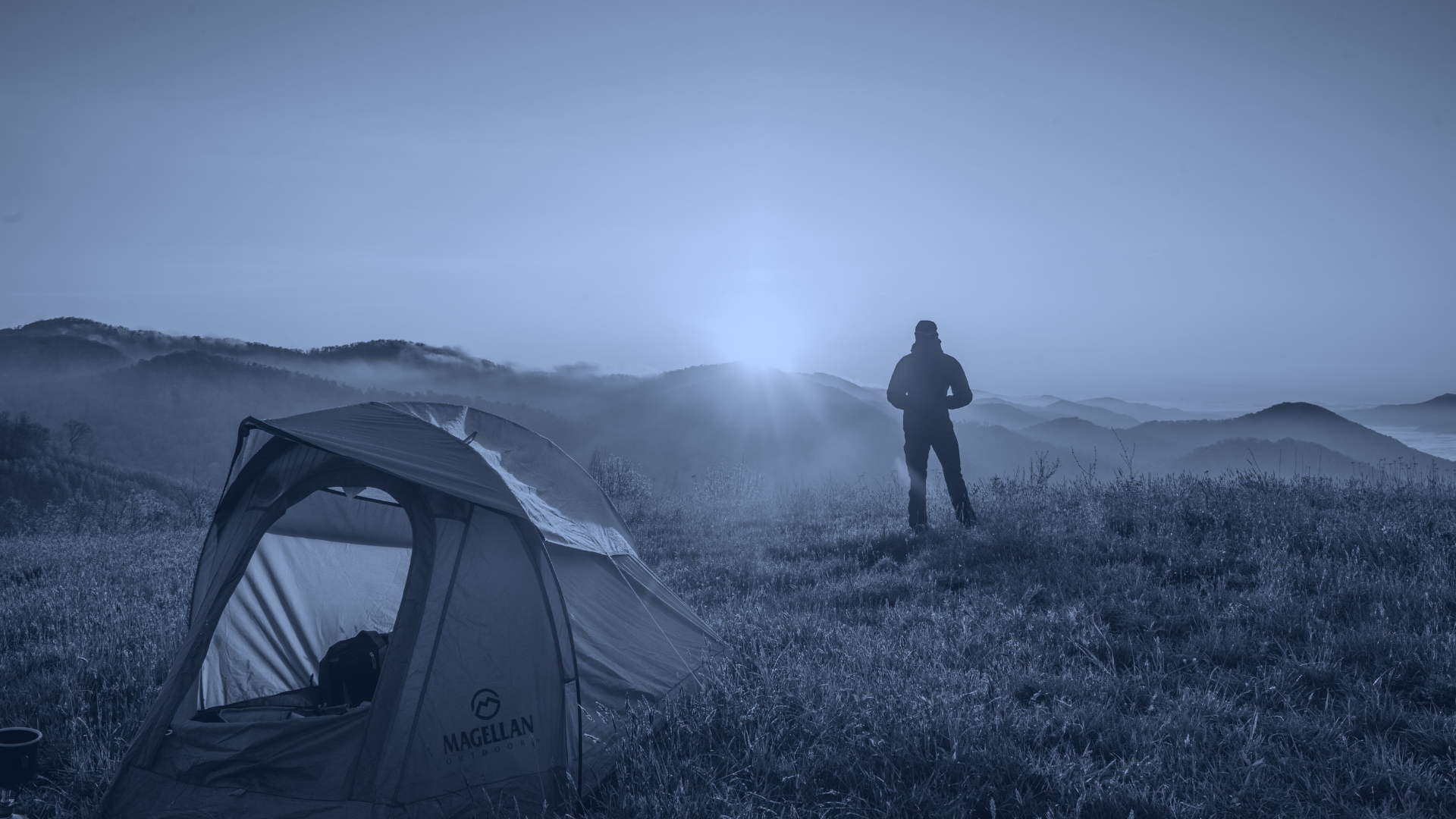The data science industry is a space that’s been dominated by men since its inception. Women make up only 15% of the data science industry and women are twice as likely to quit a high-tech position than men.
Women’s representation in the data science industry is crucial to creating a diverse and inclusive workforce. More and more women are disrupting the data science industry in amazing ways…and they are here to stay.
Let’s take a look at some industry challenges and how women in data are making strides to overcome them.
Challenges for Women in the Field
Women in data science face an uphill battle from an early age. In middle school, 74% of girls express an interest in STEM, yet only 0.4% of high school girls choose computer science as a college major.
Since 1984, the percentage of women computer science graduates dropped from 37% to just 18% in 2016. Women are also four times more likely to think they have fewer opportunities at work than men.
The gender gap in the industry has grown significantly over the last 20 years, which is why there is so much concern about the state of the industry and its inclusiveness towards women. The ratio of women to men isn’t the only issue, however. There’s also the issue of women being recognized for the work they do in the field.
Thankfully, the growing awareness of the problem has prompted concern (and action) and it’s slowly bringing more women into the field. As long as women have tools, resources, and support, there is a much higher chance that they will excel and succeed in the data science field.
Perhaps spreading awareness for resources that helps young girls and women get into step will help close the gap. Some programs that can help young girls and women into STEM include:
- Girl Develop It
- Women in Technology
- Black Girls Code
- R Ladies
- TechGirlz
- Girls Who Code
- #YesWeCode
- PyLadies
- Within
Strides Women are Making in this Space
The fact is that women have made amazing contributions to society. The data science space is just one of these areas being positively influenced and impacted by women who are moving the needle.
We asked two women in data Melissa Grady Dias of Cadillac and JJ Snow of the U.S. Air Force, to share the changes they’ve seen with women’s inclusivity in their industry over the past five years.

Melissa Grady Dias
CMO of Cadillac
“We recently lost an icon in Ruth Bader Ginsberg who once said ‘As society sees what women can do, as women see what women can do, there will be more women out there doing things, and we’ll all be better off for it.’
In the last five years, our industry has seen record levels of women moving into C-suite positions and performing at the highest levels, but the events of the past year have shown us that this is no time to get complacent.
First, we have endured a global pandemic that has redefined how we all interact with the world and each other. However, as the pandemic stretched on it became clear that women took on the burden of carrying the load at home: educating their children, taking care of aging parents, and entertaining children on summer break, all the while, being tasked with pushing through their jobs. Large swaths of women began stepping away from the workplace and what progress we made was suddenly threatened.
Secondly, the jarring death of George Floyd and disproportionate devastation to the black community from COVID on top of centuries of racial discrimination shook the world of its passivity. At long last, we began to truly see and listen to each other and take meaningful action.
It’s clear that we are at an inflection point, and we must rely on our listening skills and empathy if the women’s movement and fight for inclusion are to endure and progress.
Thankfully, I draw hope from our Chairwoman and CEO, Mary Barra, who said: ‘In this moment, we each must decide what we can do—individually and collectively—to drive change…meaningful, deliberate change. As one of the largest global companies, there is much we can do.”

JJ Snow
Chief Technology Officer at the U.S. Air Force and AFWERX
“I would have to say the biggest changes I’ve seen with women’s inclusivity in my industry in the past five years was Secretary of Defense Ash Carter’s willingness to open all military jobs to women in 2016.
As long as a woman can meet the standards of the job, she can be part of that mission and serve in that capacity. Since then, more than 30 women have completed Ranger training—including Captain Kristen Griest and 1st Lt Shaye Haver, the first two women to graduate from Ranger School, opening the way for others to follow in their footsteps.
In 2019 the first woman successfully completed the extremely challenging screening process for the Navy SEAL Officer training program, although she was not selected to continue on as a SEAL.
In July 2020 we saw the first woman complete the Army’s Special Forces Qualification Course and join a Special Forces team as a Green Beret. Two more women are currently in the Air Force Special Tactics pipeline working towards joining the elite Special Tactics community where I worked as an intelligence officer 16 years ago.
And finally, this year we saw President Biden nominate two very accomplished women leaders, General Jacqueline Van Ovost (the first female four-star general in history) and Lieutenant General Laura Richardson, to become the first women leaders of major military commands.
Now all women can apply for the jobs they want and contribute in ways that mean the most to them. I’m so excited to hear their stories and see what they achieve as they continue to contribute to the defense of our nation.”
While women have been left out of the conversation in the past, there’s certainly hope for the future. Not only are more women being recognized for their contributions to the data science industry, but it’s bringing more awareness to the lack of representation in the field.
Women in data are starting to have the tools, resources, and support they need to excel and be in a better position to succeed.





























